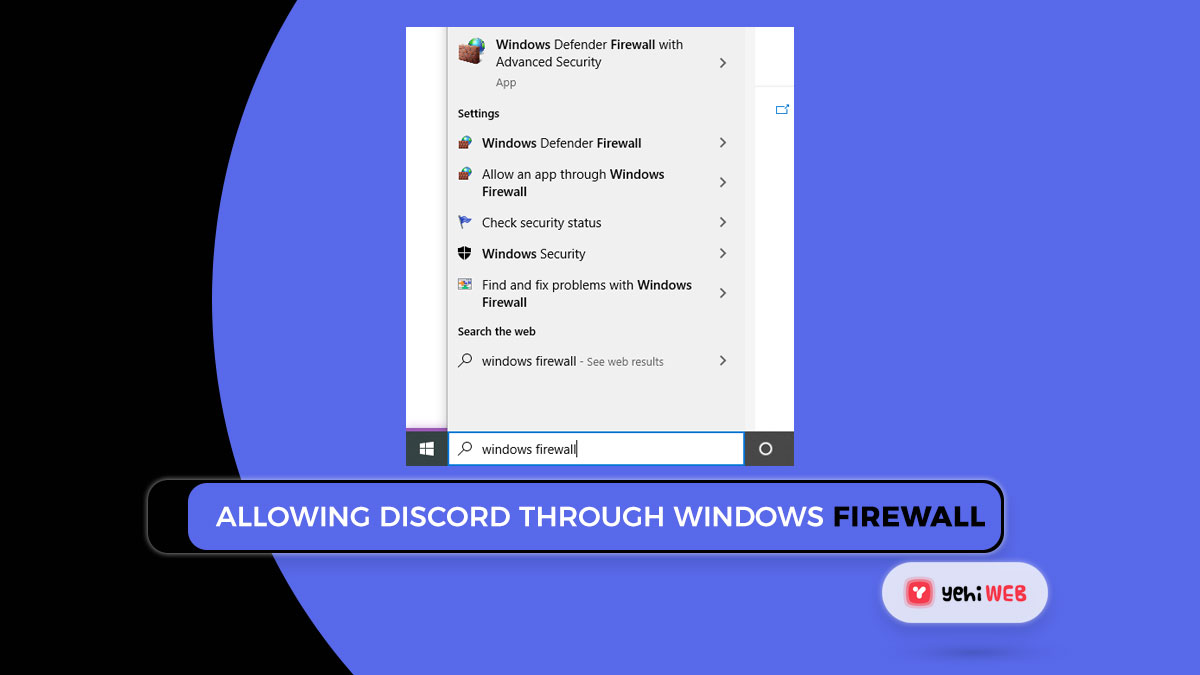With growing cyber threats targeting remote access systems, firewalls and VPN services have become popular attack vectors. Recently, a critical vulnerability was discovered in SonicWall’s SSL VPN technology—one that compromises the integrity of many networks relying on these devices for secure telecommuting and perimeter defense. The issue has sent waves through the cybersecurity community, and organizations need to understand the implications quickly.
TLDR: SonicWall has identified a critical vulnerability in its SSL VPN appliance that allows remote attackers to execute arbitrary code and potentially gain admin privileges. Threat actors are already exploiting this flaw in the wild. If you’re using affected SonicWall models, immediate patching and incident response measures are strongly advised. This is not a theoretical risk—it’s being actively weaponized.
What Happened?
In early reports from both independent researchers and coordinated disclosures, it became clear that specific versions of SonicWall’s Secure Mobile Access (SMA) arm of SSL VPN are vulnerable to an unauthenticated stack-based buffer overflow. This means that attackers can potentially gain control of targeted systems without needing any credentials—no username, no password, just unfettered access using specially crafted packets.
Further analysis revealed that this critical vulnerability, cataloged under CVE-2024-XXXX (placeholder for official CVE ID), lets a remote attacker inject code and execute commands on the compromised device. Once inside, the attacker could pivot across the internal network, exfiltrate data, or drop ransomware payloads.

Who Is Affected?
The vulnerability is known to affect the following SonicWall products and appliance versions:
- SMA 100 Series – Including SMA 200, 210, 400, and 410
- SMA 500v virtual appliances running firmware versions prior to 10.2.1.10
- Firmware versions below 10.2.x on affected hardware
If you are operating any device from this list, it is very likely to be vulnerable unless patched. SonicWall has issued firmware updates that reportedly remediate the issue, though organizations must also inspect their systems for potential unauthorized access that may have occurred before the patch was applied.
How Serious Is It?
This flaw scores a CVSS severity of 9.8/10, marking it as “Critical” from a vulnerability classification standpoint. The combination of unauthenticated access, remote code execution, and easy automation makes this bug particularly attractive to cybercriminals and nation-state actors.
What makes this especially dangerous is the fact that it requires no social engineering, no insider access, and no prior breach. It’s a one-shot vulnerability that gives attackers a backdoor into core infrastructure systems.
Is It Being Exploited Right Now?
Yes. As of the latest threat intelligence updates, multiple cybersecurity firms—including Mandiant, CrowdStrike, and Palo Alto Networks—have confirmed that the vulnerability is being actively exploited in real-world cyberattacks. Reports show adaptation into botnets, remote access trojans (RATs), and ransomware deployment kits.
One government agency reported that the breach of their VPN gateway served as the jumping-off point for a coordinated data exfiltration campaign targeting classified communications. This is not simply a theoretical flaw—it is a weaponized, zero-day threat.
What Can Attackers Do Once Exploited?
Upon successful exploitation, attackers gain privileges equivalent to the root or admin user on the affected SonicWall device. From there, they can:
- Install persistent backdoors or credential stealers
- Monitor VPN traffic and hijack sessions
- Move laterally into enterprise networks
- Deploy ransomware or steal sensitive data
- Disable antivirus and other security monitoring tools
The scope of the danger is enormously wide and can impact not just the network to which the VPN is connected, but also partner organizations and supply chains reliant on its infrastructure.

What Should You Do?
Rapid containment and patching are the order of the day. If your organization uses SonicWall SSL VPNs, here’s what you must do immediately:
- Update Firmware: Apply the latest security patches released by SonicWall. Check SCM or admin console for urgent updates.
- Check Logs: Audit your SonicWall appliance’s logs for anomalous behavior, especially entries involving unauthorized access or strange IP addresses.
- Change Credentials: Reset all usernames and passwords for administrative access and VPN login credentials.
- Restrict Access by IP: Lock down access to the management interface of the device using firewall rules that restrict it to your internal IT admin team.
- Enable MFA: Multi-factor authentication on all critical systems adds a second layer of protection against account compromise.
- Consult a Forensic Specialist: If you suspect that your appliance was compromised, perform a clean sweep or reimaging of the system and investigate thoroughly.
What’s SonicWall Saying?
SonicWall acted reasonably fast, releasing an advisory and fixes within days of the exploit becoming public. According to their statement:
“We are aware of a vulnerability affecting a subset of our SMA SSL VPN devices. A security patch that addresses and mitigates this issue is currently available. SonicWall strongly urges all customers to update their appliances immediately. Please contact your SonicWall support representative for additional guidance.”
This proactive advisory is an indication that the vendor is taking the issue seriously. However, it remains the responsibility of each organization to ensure updates are applied and systems have not been compromised before the fix.
Best Practices Moving Forward
Incidents like this serve as a wake-up call to apply cybersecurity hardening techniques routinely. SonicWall is not the first and won’t be the last vendor to face a critical vulnerability. Here’s how to reduce risk going forward:
- Always Stay Patched: Set reminders or automated tools to ensure firmware updates are applied quickly after release.
- Limit Access: Don’t expose VPN and firewall admin interfaces to the public internet.
- Use Endpoint Detection Tools: Install EDR/XDR solutions that can detect lateral movement from compromised VPN devices.
- Simulate Attacks: Run periodic red team/blue team exercises to find soft spots in your perimeter defenses.
- Layer Your Security: Ensure VPN access doesn’t equate to network-wide access. Implement VLANs and segmentation.
Conclusion
The SonicWall SSL VPN vulnerability is a potent reminder of how one misstep in remote access infrastructure can cascade into widespread compromise. Organizations that rely heavily on VPN solutions must not only patch quickly but also adopt a zero-trust mindset to prevent future breaches.
Be vigilant, stay updated, and never assume you’re safe just because you’ve patched. A solid cybersecurity program is built on layers of defense, not blind trust in any single technology.
If your organization is affected or uncertain, consult your cybersecurity vendor or professional services provider for a full security assessment. This is one threat you can’t afford to ignore.
yehiweb
Related posts
New Articles
The Polyglot Platform: Taking Your WordPress Site Global with AI Bud
The English-speaking web is saturated. For every keyword you try to rank for in the US or UK, there are…


